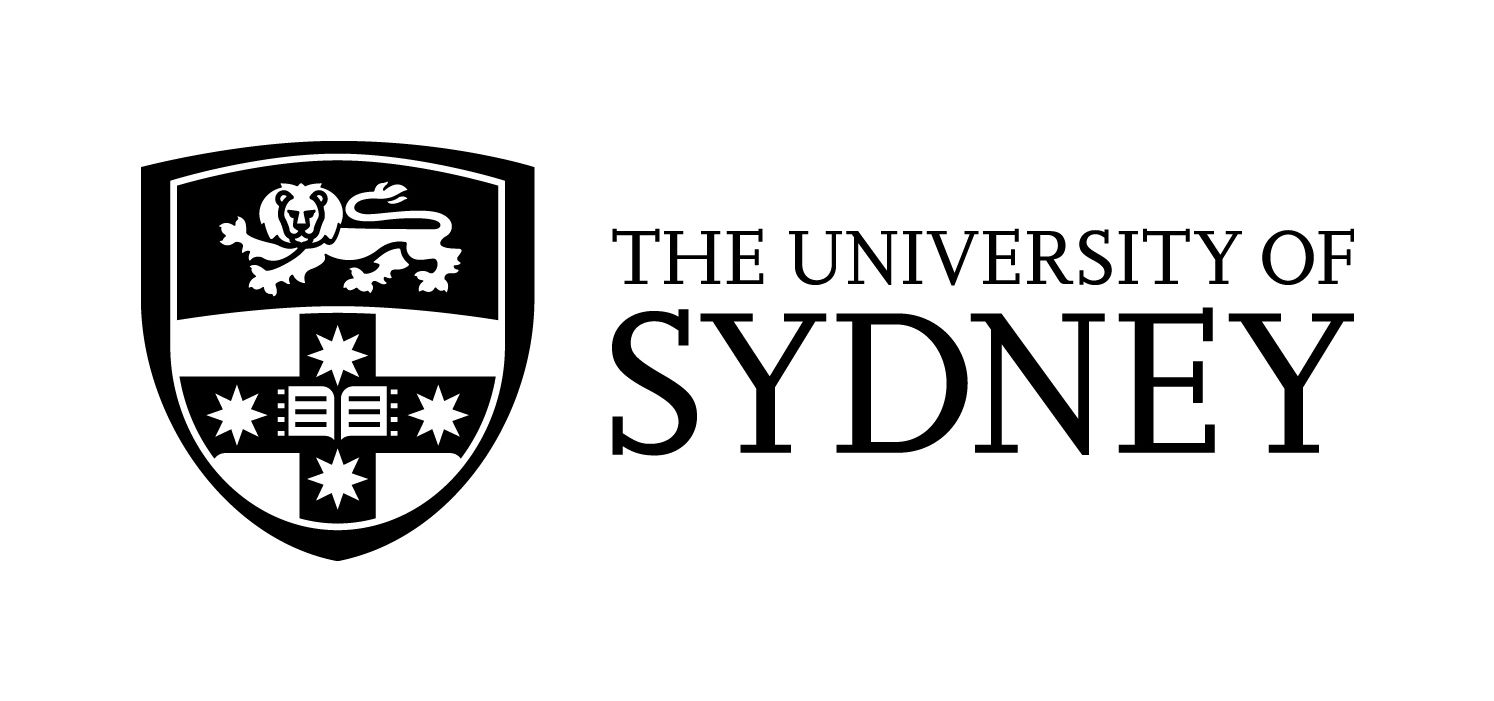Full description
The carbon dioxide capture and conversion dataset is an output of a Science & Industry Endowment Fund (SIEF) project to develop nanoporous metal-organic frameworks that have an affinity for carbon dioxide. A goal of the project is to develop nanoporous materials that will aid in the development of more efficient processes for the capture, conversion and sequestration of carbon dioxide. The ultimate goal of the project is the development of new classes of efficient, cost-effective, and industrially viable materials for application in carbon capture and storage (CCS) systems. Efficient carbon capture offers opportunities to reduce the industrial output of greenhouse gas emissions on a national and international scale.
Gas sorption data was captured using a Micromeritics ASAP2020 Sorption Instrument, and an IGA-100 Intelligent Gravimetric Adsorption analyser. Instrument data is converted to .CSV format, and is manipulated using data analysis and visualisation software programmes including Origin, SigmaPlot and MathCAD. Analysed data is exported to .JPEG format for publication. For further information, please refer to the associated publications.
Data time period: 2011 to 2015
User Contributed Tags
Login to tag this record with meaningful keywords to make it easier to discover
- Local : mds.sydney.edu.au/redbox/published/detail/af02e7b4620b00ef59bba51f89ba6935


